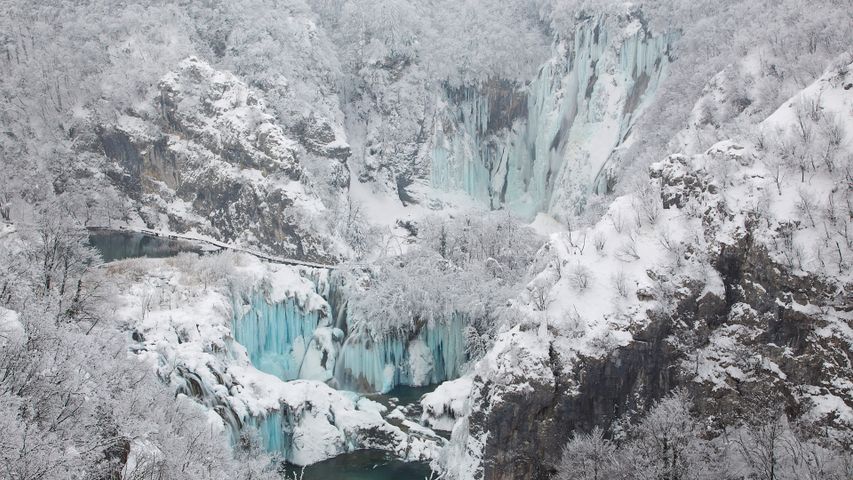Ruins of the ancient Mayan city of Calakmul surrounded by the jungle, Campeche, Mexico
© Alfredo Matus/Shutterstoc
The ruins of a Mayan superpower
Deep in the jungle of southern Mexico lay the ruins of a city that thrived for centuries before it was abandoned more than 1,000 years ago. Calakmul was once one of the two duelling superpowers—along with Tikal—of the Classical Mayan civilization. At its height, around 1,200 years ago, the city of Calakmul had a population of about 50,000 people, but the kingdom as a whole, numbered more than 1.5 million. Archaeologists have uncovered 6,750 structures here—the largest is this pyramid temple, called, simply, 'Structure 2.' It's one of the tallest and most massive remaining structures from that highly advanced culture. The ruins of the city cover nearly 20 square kilometres in the jungle and the kingdom once ruled over settlements as far as 145 kilometres away.
All the more amazing, then, that it was apparently lost to history until an American botanist named Cyrus L. Lundell discovered it when flying over the jungle on a survey of the area in December 1931. A few expeditions were sent to explore it over the next few years, but it went largely unstudied until the 1980s. Calakmul is now recognized as one of the most important archeological sites in southern Mexico.
Related Images
Bing Today Images


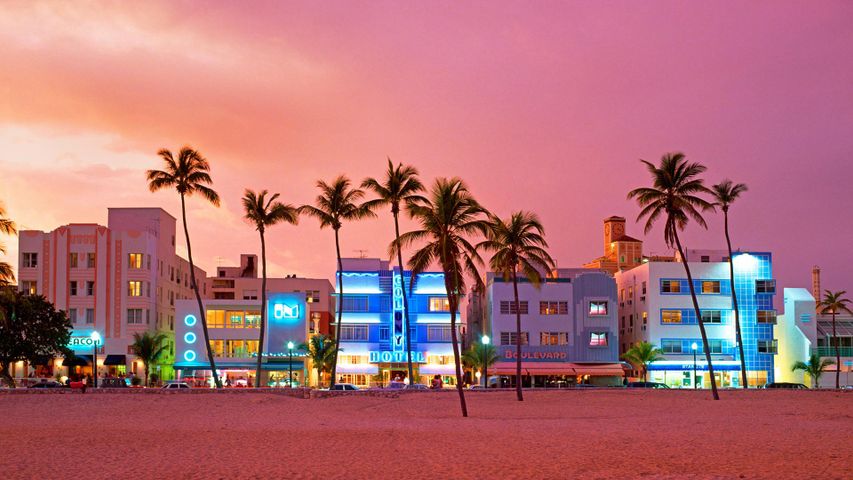
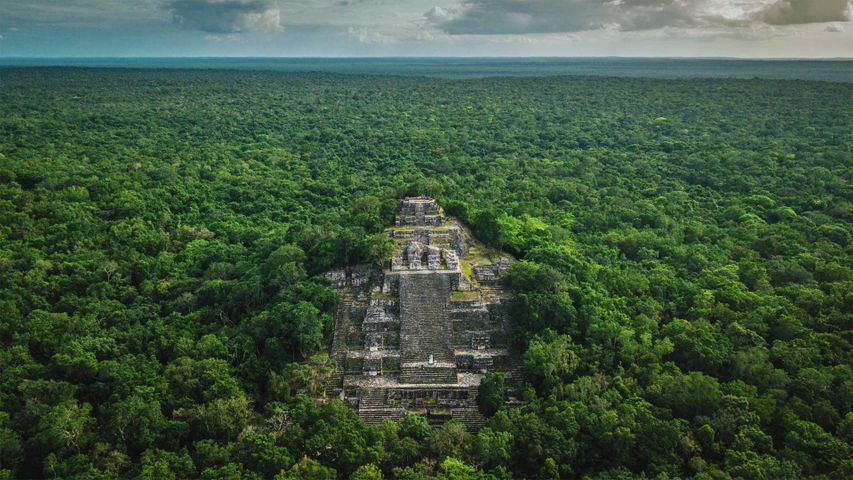
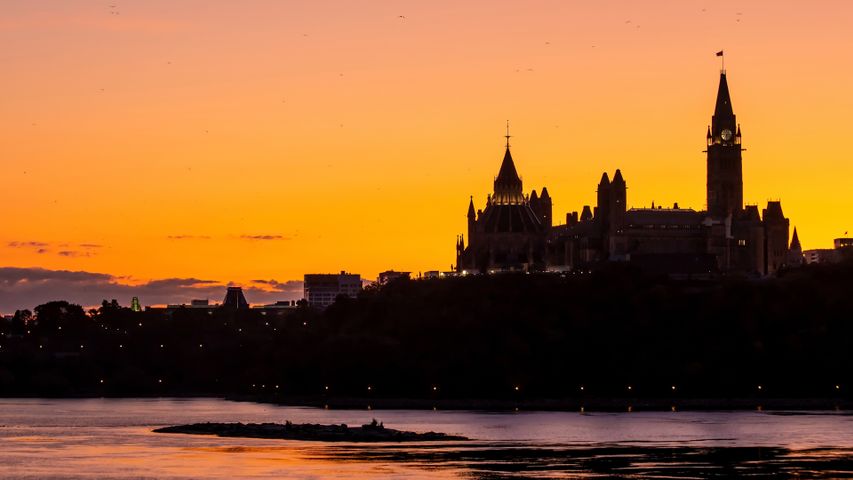 Parliament Hill in Ottawa, Ontario
Parliament Hill in Ottawa, Ontario
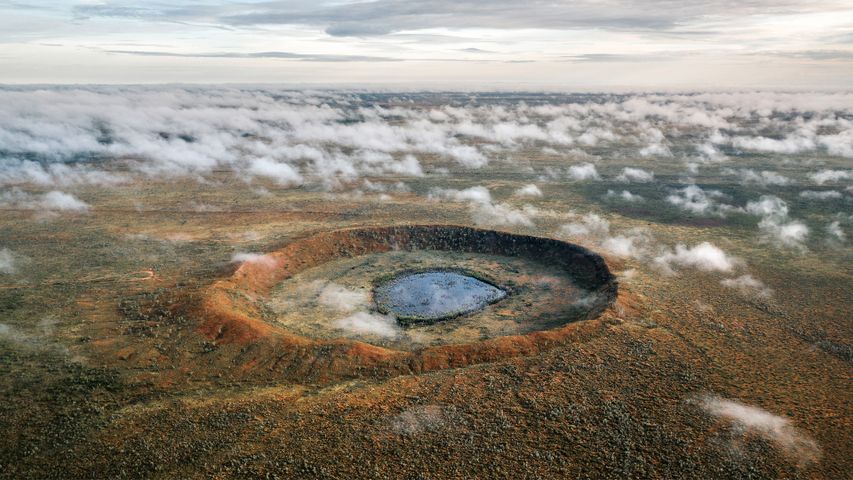 Wolfe Creek Crater, Australia
Wolfe Creek Crater, Australia
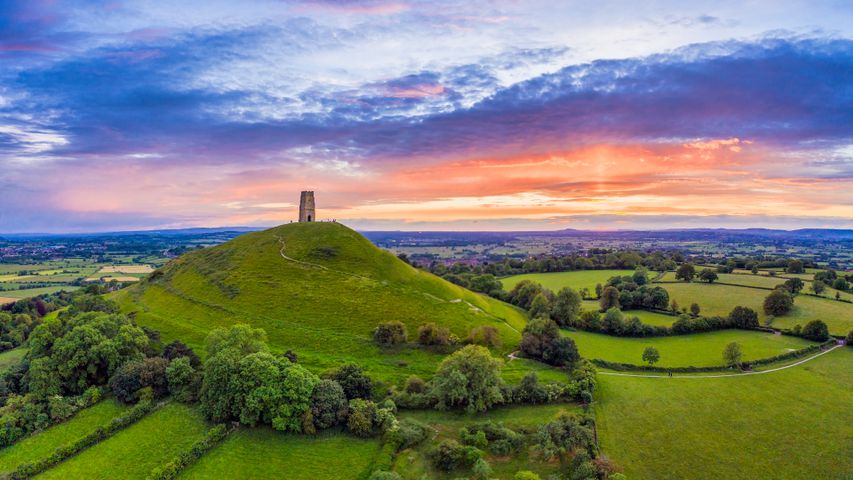 St. Michael's Church Tower on Glastonbury Tor, Glastonbury, Somerset, England
St. Michael's Church Tower on Glastonbury Tor, Glastonbury, Somerset, England
 Delicate Arch, Arches National Park, Utah
Delicate Arch, Arches National Park, Utah
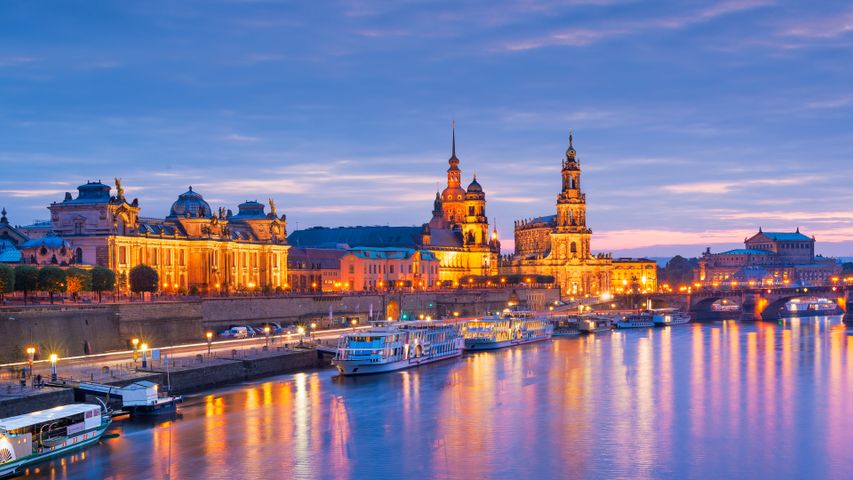 Elbe river in Dresden, Germany
Elbe river in Dresden, Germany
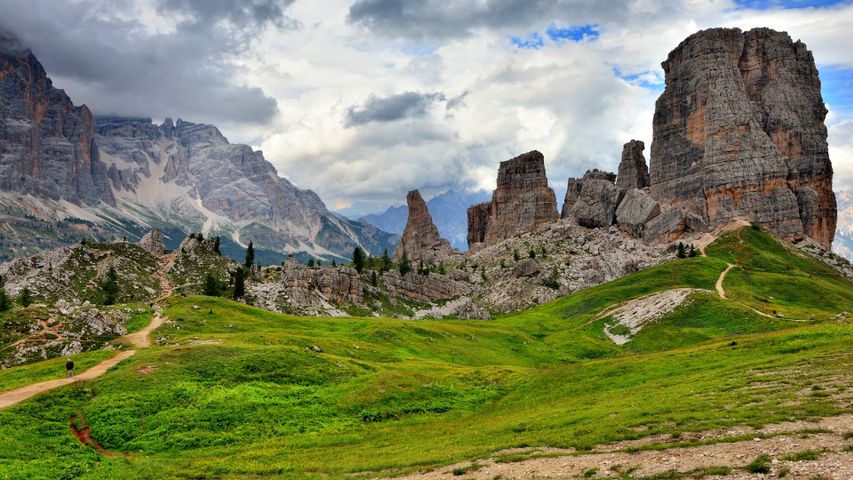 Cinque Torri, Dolomites, Italy
Cinque Torri, Dolomites, Italy
 Montreal skyline reflecting in St. Lawrence River, Quebec
Montreal skyline reflecting in St. Lawrence River, Quebec
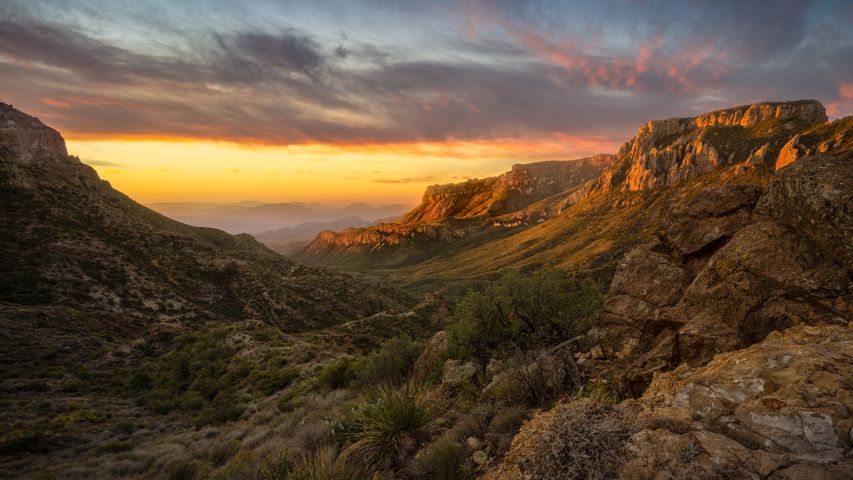 Chisos Mountains, Big Bend National Park, Texas, United States
Chisos Mountains, Big Bend National Park, Texas, United States
